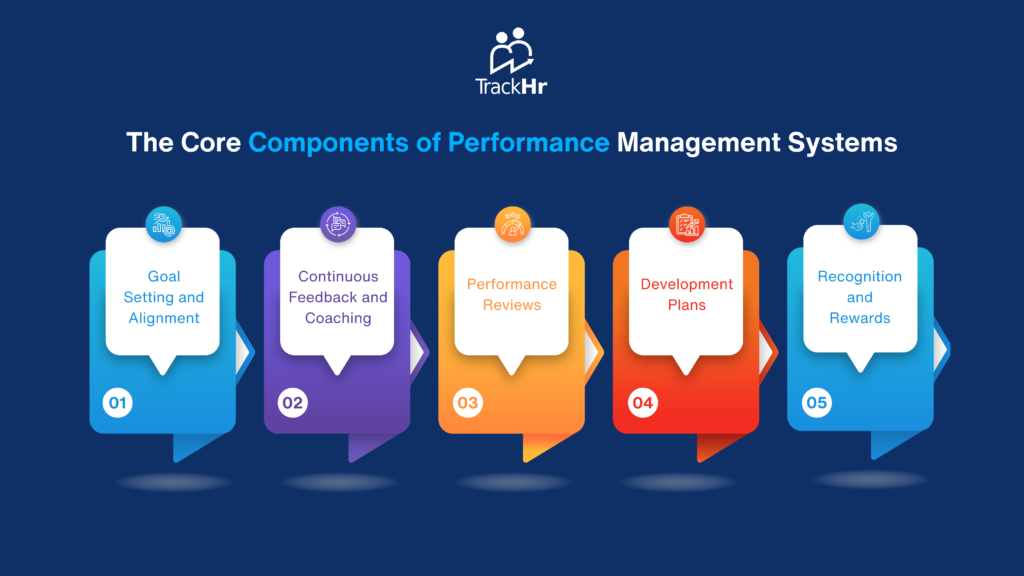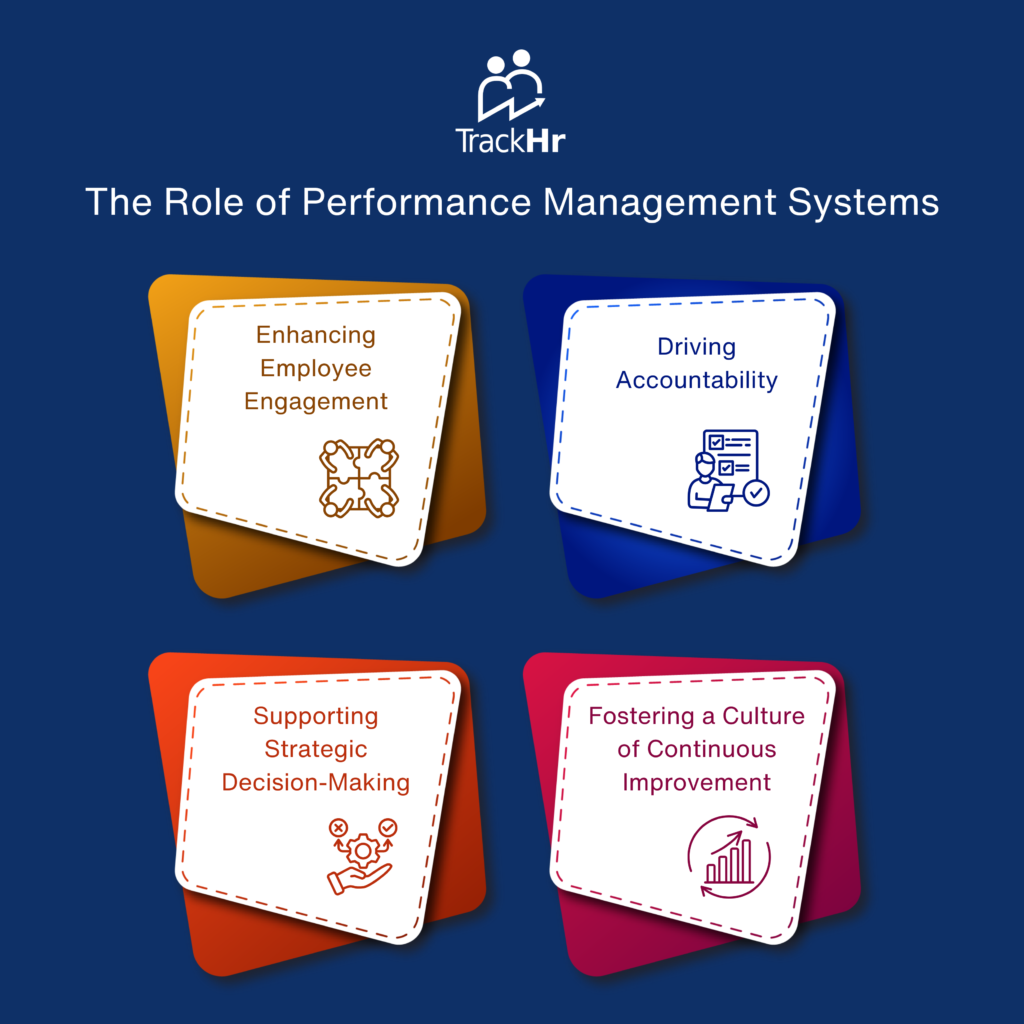Saturday, 28 Dec 2024
Measuring Success: The Role and Impact of Performance Management Systems in Today’s Workplace
In the dynamic landscape of modern business, the ability to measure and enhance organizational success has never been more crucial. At the heart of this endeavor lies the performance management system (PMS) — a structured framework that enables organizations to set objectives, evaluate employee performance, and align individual contributions with overarching business goals. This article explores the role and impact of performance management systems in today’s workplace and how they can drive success in an increasingly competitive environment.
The Core Components of Performance Management Systems
A robust performance management system typically comprises several key elements:

1. Goal Setting and Alignment: Effective performance management system (PMS) begins with clear and measurable objectives that are aligned with the organization’s strategic goals. This ensures that every employee understands their role in achieving broader business outcomes.
2. Continuous Feedback and Coaching: Regular feedback fosters an environment of open communication, helping employees understand their strengths and areas for improvement. This real-time coaching approach can significantly enhance productivity and engagement.
3. Performance Reviews: Structured evaluations, whether annual or ongoing, provide an opportunity to formally assess employee contributions, recognize achievements, and identify areas for growth.
4. Development Plans: A forward-looking PMS emphasizes employee development by identifying skill gaps and creating personalized growth plans.
5. Recognition and Rewards: Acknowledging and rewarding high performance is critical for maintaining motivation and morale.
The Role of Performance Management Systems
Performance management systems play a pivotal role in:

1. Enhancing Employee Engagement: A well-implemented PMS ensures employees feel valued and understand how their work contributes to organizational success. This sense of purpose drives engagement and retention.
2. Driving Accountability: PMS establishes clear expectations and accountability, empowering employees to take ownership of their performance.
3. Supporting Strategic Decision-Making: By providing data-driven insights, PMS enables leaders to make informed decisions about workforce planning, talent management, and organizational priorities.
4. Fostering a Culture of Continuous Improvement: Regular feedback and development opportunities promote a growth mindset across the organization.
The Impact of Technology on Performance Management
Technology has revolutionized performance management, making it more agile, efficient, and employee-centric. Modern PMS platforms leverage tools like:
1. Data Analytics: Advanced analytics provide real-time insights into performance trends and employee behavior.
2. AI-Powered Recommendations: Artificial intelligence helps identify skill gaps, predict high performers, and suggest personalized development paths.
3. Mobile Accessibility: Mobile-friendly platforms enable employees and managers to access performance tools anywhere, anytime.
Challenges in Performance Management
Despite its benefits, implementing an effective PMS is not without challenges. Common obstacles include:
1. Resistance to Change: Employees and managers may be hesitant to adopt new systems or processes.
2. Bias in Evaluation: Subjective assessments can undermine the objectivity of performance reviews.
3. Overemphasis on Metrics: A focus solely on quantitative measures can overlook qualitative contributions and employee well-being.
Best Practices for Effective Performance Management
To overcome these challenges and maximize the impact of PMS, organizations should:
1. Adopt a Holistic Approach: Balance quantitative metrics with qualitative insights to create a comprehensive view of performance.
2. Encourage Collaboration: Involve employees in the goal-setting process to ensure buy-in and alignment.
3. Invest in Training: Equip managers with the skills needed to provide constructive feedback and conduct effective reviews.
4. Leverage Technology: Use advanced tools to streamline processes and gain deeper insights into performance.
Conclusion
In today’s fast-paced workplace, a well-designed performance management system is more than just a tool for tracking progress; it is a strategic enabler of organizational success. By fostering alignment, engagement, and continuous improvement, PMS empowers businesses to adapt, compete, and thrive in an ever-evolving environment. As technology continues to reshape the landscape of performance management, organizations that embrace these innovations while addressing inherent challenges will be best positioned to achieve sustained success.
